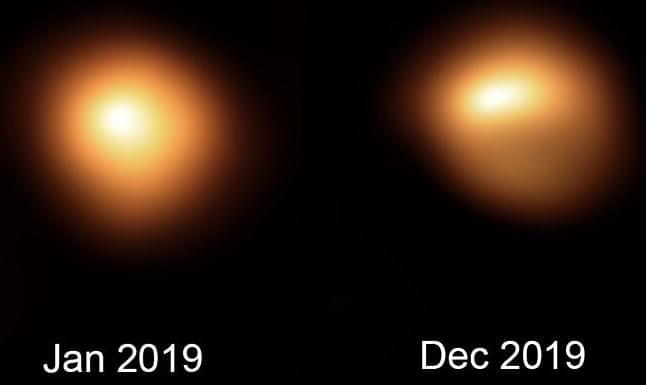Chance observations corroborate hybrid explanation for drop in brightness.
A weather satellite has helped explain why the red supergiant star Betelgeuse experienced an unprecedented dimming in 2019–20.
Its findings corroborate earlier studies that concluded the dimming was the consequence of a lower-temperature spot on the star, which reduced the heat going to a nearby gas cloud. This, astronomers believe, allowed the cloud to cool and condense into dust that blocked some of Betelgeuse’s light.
As a variable star, nearby Betelgeuse normally fluctuates in brightness, but in October 2019 it began to grow fainter than it had ever been seen before. This led to speculation that it may explode in a supernova. By the end of February, however, Betelgeuse had returned to its normal brightness range, leaving astronomers scratching their heads about what had caused the extreme dip in luminosity.










Comments are closed.